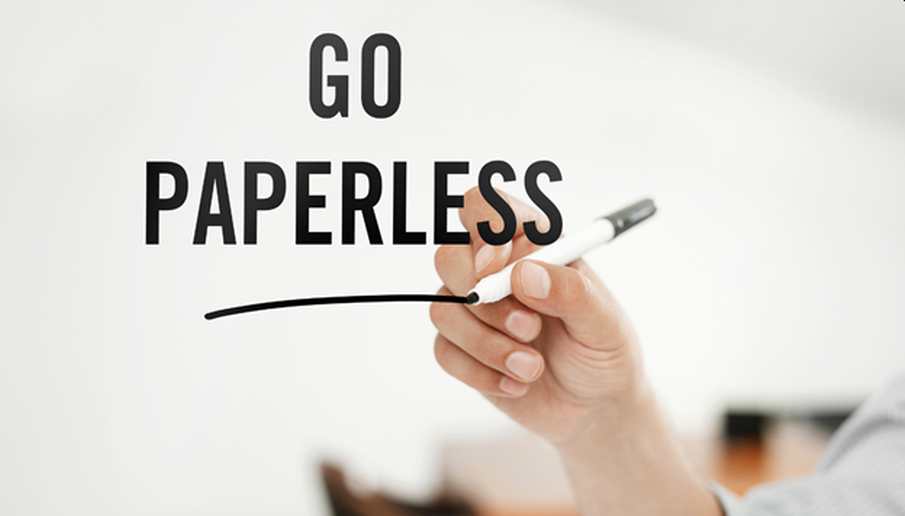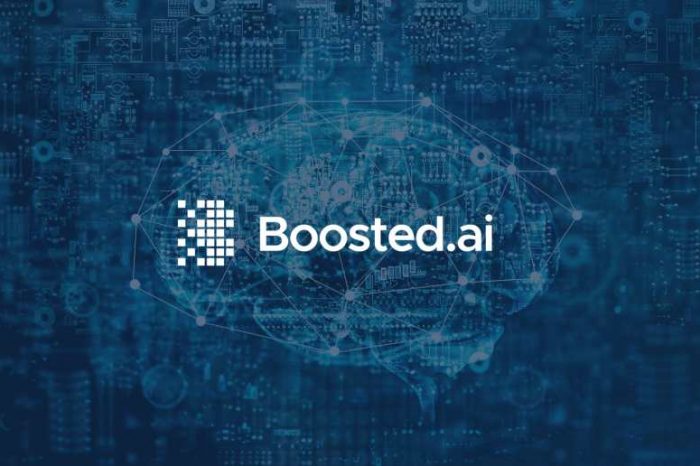Going Paperless: Blockchain Is a Lasting Solution to the Paper Industry Pollution Problem

In 2021, the United Nations Environment Program (UNEP) released a new program aiming to use digital technology and innovations to find better ways to protect our planet. Through ‘Digital Transformation and by co-championing the Coalition for Digital Environmental Sustainability, UNEP aims to use digital innovations to protect forests, water sources and reduce the carbon footprint across the globe. The digital initiatives leverage technology to halt the decline of the planet and accelerate sustainable finance, products, services, and lifestyles.
Blockchain technology, as a fast-rising solution to “everything”, offers several solutions that could push the fight for a greener and less polluted earth in the future. The technology offers a permanent, immutable, and decentralized database that is verified and trustless, making it an interesting solution to the environmental problems currently faced – top of them digitizing the traditional paper industry thus saving trees and forests.
The Global Paper Industry Catastrophe
Since being discovered in China during the Eastern Han period (25–220 CE), paper has been used extensively by humans across the globe. However, it is in the past century that the paper industry has exploded in growth and use, setting a faster pace than ever before witnessed on earth. As we all know – paper comes from trees, which means the industry takes a huge toll on the earth and the environment. Surprisingly, the increased digitization has not slowed down the paper industry with more paper being manufactured and more available to the consumer every year.
Paper usage in the United States reached a record 208 million tons produced in 2020, up from 92 million in 2000, representing a staggering growth of 126%. It also sets the U.S. as the largest paper consumer across the world, consuming 45% of the total paper produced across the globe every year. As one of the most pollutant manufacturing processes, the paper industry releases more than 200 million pounds of toxins per year. It is estimated close to 3 billion trees are cut annually to feed the paper industry.
Finally, the pulp and paper industry is the fifth largest consumer of energy, accounting for 4% of all the world’s energy use. It is estimated that approximately 50% of the world’s industrial logging goes into making paper. According to experts, at the current rate of deforestation, we will not have any rainforests left in the next 100 years hence a clear sign that regulations need to be put in place and innovations installed in order to reduce the paper waste problem and save the trees.
In the last few years, blockchain has emerged as a viable decentralized and trustless database, providing a paperless platform to record any type of file or information. Could blockchains be the answer to the ever-growing paper industry pollution problem?
A Paperless Economy on Blockchain
Back in 2014, Brazil’s ministries of Environment, Sports, Tourism, and Social Development partnered with UNEP to introduce a ‘green and sustainable’ passport – with an aim to reduce paper pollution during the 2014 World Cup. As one of the most frequently printed identity documents on the planet, UNEP aimed to promote sustainable travel with digital passports that can be downloaded as an application or used online. Nonetheless, security and privacy concerns were raised during the tournament, leading to the slow adoption and use of the digital passport. Hence the need for blockchain tech solutions.
One blockchain project, PhotoChromic is an identity and personal information verification service that solves these issues by offering a sustainable platform to build digital passports. According to the website, users can securely own and verify their identity and personal information through a non-fungible token, or NFT. The tokenized NFTs can be programmable, are universally addressable, and open the door for additional functionality.
https://twitter.com/photo_chromic/status/1481219912710639622
Imagine having your passport available online 24/7 on an immutable, secure and private platform. With PhotoChromic, there will be no more need for paper-based identification documents, whether birth certificates, government-issued documents, passports, or academic reports. Simply, the platform aggregates biometric proof-of-life, with government-backed identity verification and unique personal attributes, into an on-chain asset that is utilized for blockchain-based identity verification, Web3 applications, and any authorized platform.
Why Is the Government Not Pushing for These Solutions?
Despite the environmental friendliness of these blockchain-based identity solutions, most governments are yet to adopt blockchain solutions as a viable option to the environmental problems. According to the World Economic Forum, blockchain technology could increase fairness, efficiency, transparency and enhance the registry systems across governments, while reducing opportunities for corruption. In short, governments would work better with blockchains in effect.
First, blockchain technology is still young and untested in the long term (only being around for 13 years) hence having very sensitive information like digital passports could be a risk. Secondly, proof-of-work blockchains still use a ton load of electricity, hence not a very environmentally friendly solution. For this, proof of stake blockchains, such as PhotoChromic could provide the solution as it only uses a fraction of electricity used by PoW chains to verify transactions. Finally, cryptocurrency and blockchain technology is a threat to centralized governments hence the need to gradually introduce digital and blockchain solutions – especially in identity collection and transactions.
Final words
As the globe gets more digital, paper use should be minimized in order to protect our trees and forests, reducing the impact of global warming. Blockchain technology gives a lasting solution to the vast amounts of paper currently used to store information while maintaining the privacy and security of the data. Could blockchain technology kick start the journey of having a paperless world?




